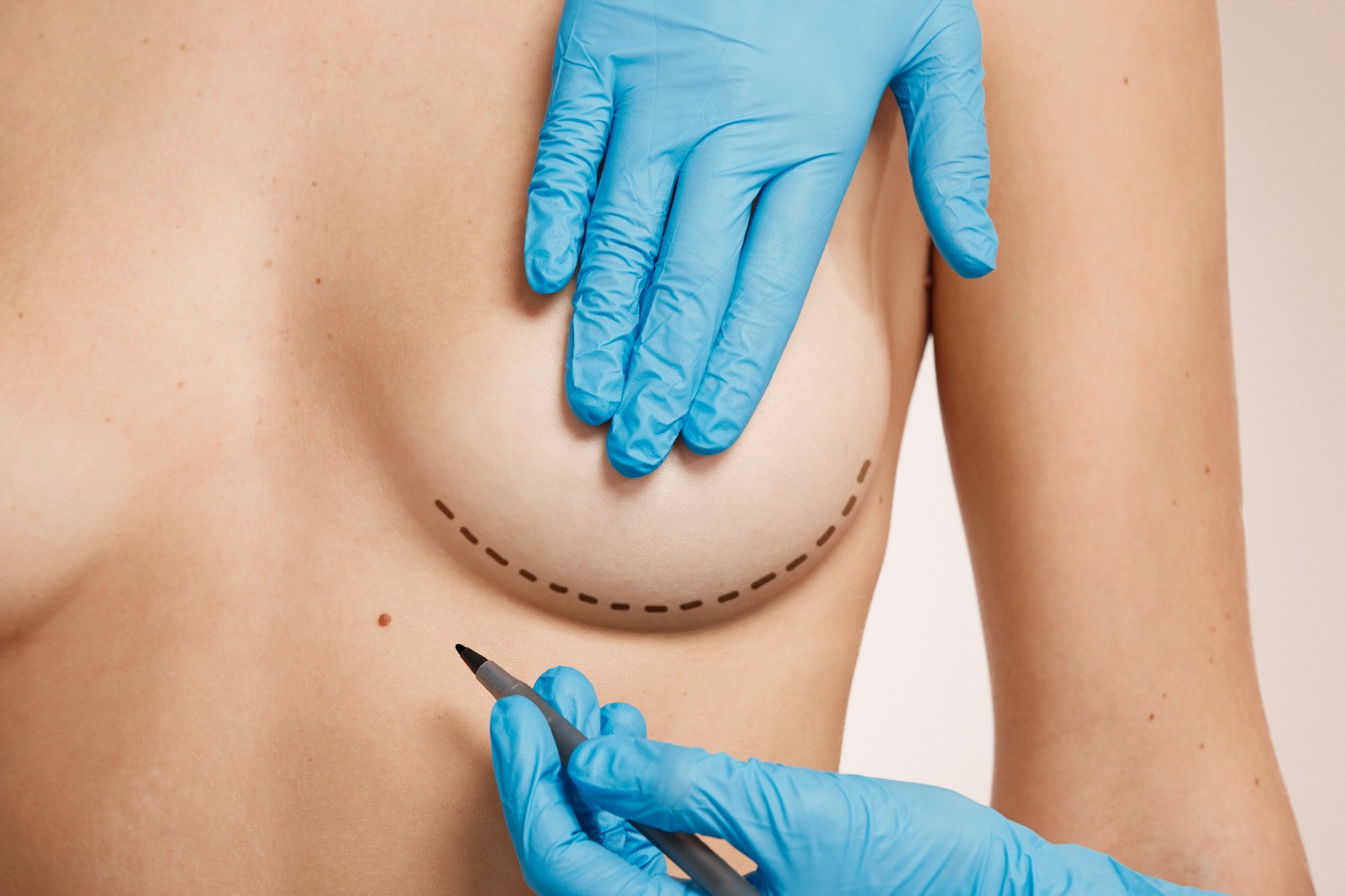Breast augmentation and implants are cosmetic procedures that are designed to increase the size and shape of a woman's breasts. This procedure is one of the most popular cosmetic surgeries worldwide and is commonly known as the "boob’s job."
Breast implants are silicone gel-based balls or saline solutions that are used to enhance the size shape of a woman's breasts.The implants come in various sizes and shapes, and the choice of implant is based on individual preferences and goals.The lifespan of breast implants depends on the implant type, age, and the patient's body. However, on average, breast implants last between 10 and 20 years. It's also important to have regular check-ups with your surgeon to monitor the condition of the implants over time.
Breast augmentation with implants
Breast augmentation with implants is a surgical treatment that involves placing implants under the chest or breast tissue.The procedure is generally performed under general anesthesia and can take one to two hours to complete. The surgeon will make an incision (cut) either in the crease beneath the breast or near the armpit, depending on the type of implant, the patient's anatomy, and the surgeon's preference.After the implants are positioned, the incisions are closed adequately with sutures.
Breast implants are of two types of implants: silicone and saline implants.
Silicone implants are filled with proper silicone gel that closely mimics the look feel of natural breast tissue. They are known for their natural appearance and feel, but they may require a larger incision for placement. They come in various shapes and sizes to suit individual preferences and goals. They are a popular choice for women who desire a more natural-looking breast augmentation.
Saline implants, on the other hand, are filled with a saltwater solution.They can be inserted empty and filled once in place, allowing for a smaller incision. However, they may not feel as natural as silicone implants. They are a popular choice for women who want a more affordable option for breast augmentation.
Both types of implants have benefits and drawbacks;their choice will depend on individual preferences and goals. It is important to discuss all the pros and cons of each type of implant with your surgeon before deciding. Your surgeon will help you choose the right type of implant based on your body type, preferences, and lifestyle.
Breast augmentation with implants is a popular surgical procedure that can help enhance the size and shape of the breasts before and after this surgery, following proper pre-operative, during, and post-operative care instructions is important to ensure a successful and smooth recovery process.

1. Consultation: Before undergoing breast augmentation surgery, have an appointment with a board-certified surgeon to talk over your objectives, goals, and any possible risks or consequences.
2. Medical assessment: Your surgeon may insist that you have a medical assessment to
3. Quit smoking: Smoking raises the possibility of issues occurring both before and after surgery. To encourage appropriate recovery, it is advised to give up smoking at least a few weeks before the procedure.
4. Medication:To lower the danger of excessive bleeding during the surgery, your surgeon may suggest you refrain from taking certain drugs, such as blood thinners.
5. Nutrition: Consuming a vitamin-rich, well-balanced diet and nutrients can help promote healing and recovery after surgery.
This procedure is typically performed under general anesthesia and takes one to two hours to complete.
During the surgery, the surgeon will make an incision in one of three locations: beneath the breast, around the areola, or in the armpit. The choice of incision location will depend on various factors, like the type of implant, the patient's anatomy, and the surgeon's preference. For example, the incision beneath the breast is the most common approach and is often preferred for silicone implants. In contrast, the incision around the areola may be better suited for saline implants.
Once the incision is made, the surgeon will carefully insert and position the implants to achieve the desired size and shape. The implants can be placed behind the breast tissue or beneath the chest muscle depending on the patient's needs. The surgeon will determine the implants' size and placement based on the patient's anatomy, desired outcome, and other factors.
After the implants are positioned, the incisions are closed with sutures. The surgeon may use dissolvable sutures that the body will eventually absorb or non-dissolvable sutures that need to be removed later. The incisions are then covered with a dressing, and a supportive bra or bandage is applied to help the breasts heal.
Patients should expect to take several days off from work and other activities to allow their bodies to heal. They should avoid lifting heavy objects, strenuous exercise, and other activities that could strain the breasts for several weeks after the surgery. The surgeon will provide detailed instructions on how to care for the breasts after the surgery, including how to clean the incision sites, how to change dressings, and when to schedule follow-up appointments.

Leave a request to connect to Dr. Anup Dhir for an Appointment.